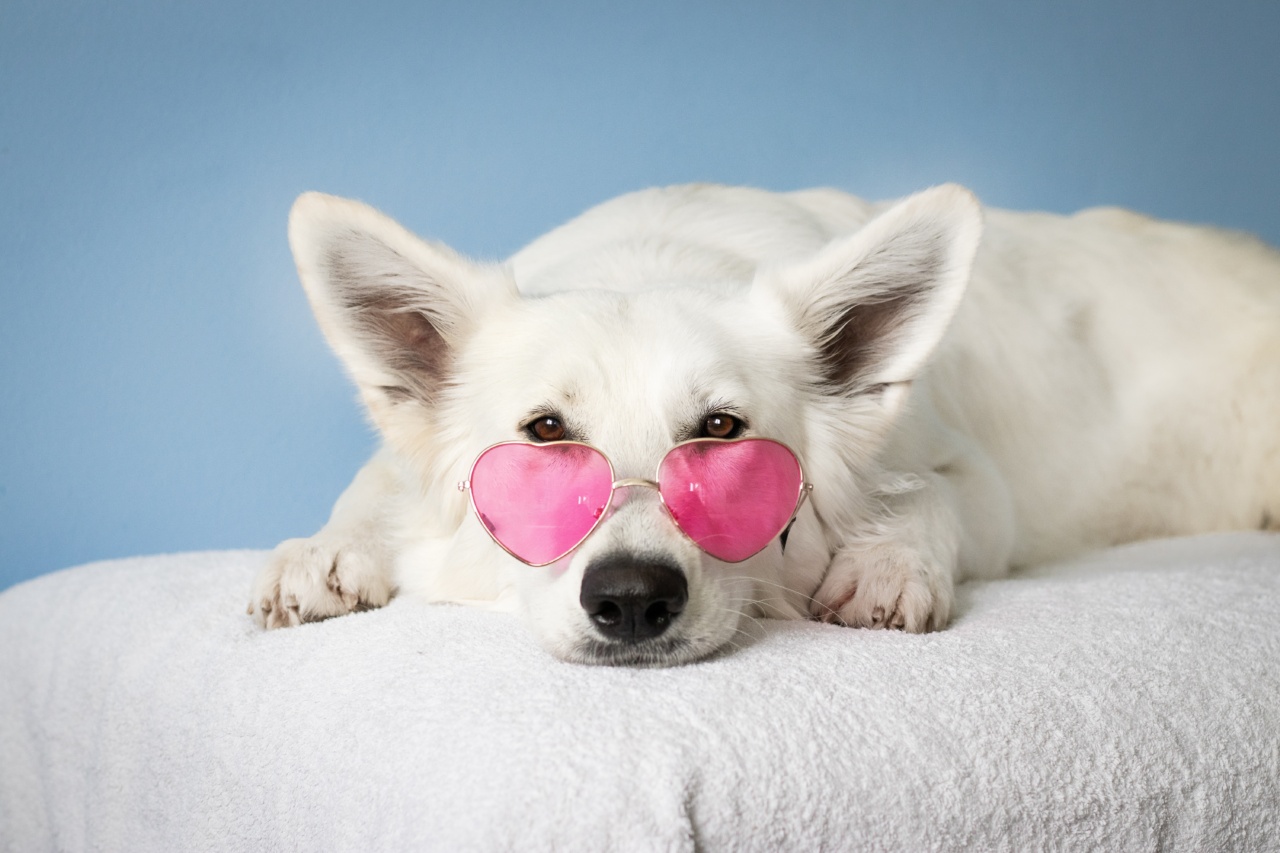Swimming with your dog can be a fun and refreshing activity that will make your furry friend happy, healthy, and entertained.
However, before you dive into the water, there are several things you need to consider to ensure a safe and enjoyable experience for both you and your pet. Here is an essential guide to swimming with your furry companion.
1. Check if your dog is a swimmer
Before taking your dog to the water, you must find out if they are comfortable and capable of swimming. While some dogs have a natural affinity for water, others are not proficient swimmers and may even be afraid of it.
Observe your dog’s behavior around pools or lakes and see how they react to water. If your dog has never swum before, start with shallow water and slowly introduce them to the feeling of being in water.
Also, keep in mind that some dog breeds, like bulldogs, pugs, and dachshunds, are not natural swimmers and may need extra attention and safety measures.
2. Make sure the water is safe
Before allowing your dog to jump into the water, check if the water is clean and safe for them to swim in. Lakes, rivers, and oceans can contain harmful bacteria, parasites, or even toxic chemicals that can be dangerous for your pet’s health.
Research the water quality before heading out with your dog, and avoid swimming in areas where there are algae blooms or known pollutants. Also, watch out for strong currents, sharp rocks, or other obstacles that could harm your dog.
3. Use a life jacket
Even if your dog is a great swimmer, it’s always a good idea to use a life jacket to ensure their safety. A life jacket will help your dog float in case they get tired or caught in strong currents.
Moreover, a life jacket can also increase your dog’s visibility in the water and make it easier for you to spot them. Choose a life jacket that fits your dog well, with sturdy straps and a handle that allows you to lift them out of the water if needed. Practice putting the life jacket on your dog at home before going to the water.
4. Start slowly and gradually
When introducing your dog to swimming or new bodies of water, start slowly and gradually. Begin with shallow water, usually referred to as ‘the critical depth’, that allows your dog to touch the bottom with its paws.
Practice in a calm environment, free from distractions, and gradually move to deeper waters. Encourage your dog with positive reinforcement, treats, and a lot of praise. Don’t force your dog to swim if they are not comfortable; instead, give them some time and try again later.
5. Teach basic swimming commands
To enhance your dog’s safety and your peace of mind, teach them basic swimming commands, such as ‘come’ or ‘stay’. Use positive reinforcement to encourage them to follow your lead and come back to you when called.
Also, show them where the exit points are, and train them to use them if they need to get out of the water. Stay close to your dog at all times and monitor their behavior to ensure they are not getting exhausted or in distress.
6. Rinse off and dry your dog
After swimming with your furry friend, make sure to rinse off and dry them thoroughly. Rinsing off will remove any contaminants or chemicals that might stick to their coat and skin.
Use a towel or a blow dryer to dry your dog, especially their ears and paws, to prevent infections. If your dog has longer hair, brush it to avoid matting and tangles. Also, provide plenty of fresh water for your dog to drink after swimming to keep them hydrated.
7. Have fun and bond with your dog
Swimming with your dog can be a great way to bond and have fun together. It’s a physical activity that can improve your dog’s health, strengthen your relationship, and reduce stress and anxiety.
Swim and play with your dog, throw a ball or a toy for them to retrieve, and enjoy the sunshine and fresh air. Create pleasant memories that you and your furry friend will cherish for a lifetime.
Conclusion
Swimming with your dog can be a safe and enjoyable activity if you follow essential guidelines and precautions. Make sure your dog is comfortable and confident around water, use a life jacket, start gradually, and teach basic swimming commands.
Also, rinse off and dry your dog thoroughly after swimming, and don’t forget to have fun and bond with your furry companion.






























